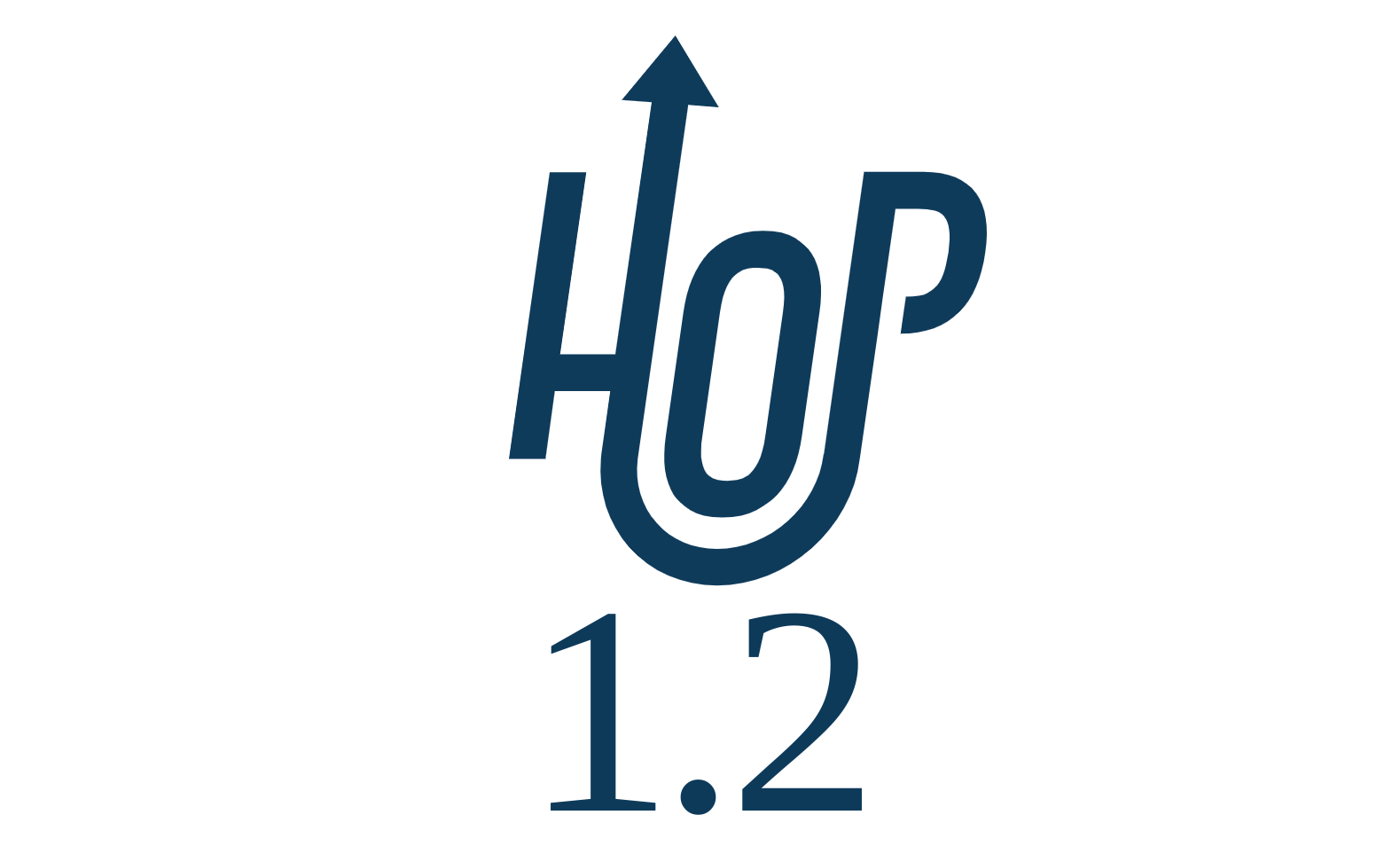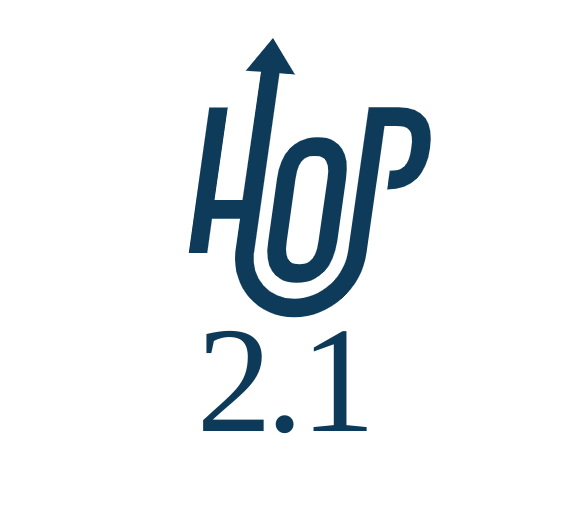Hop 1.1.0 - Apache Hop continues to move fast!
Apache Hop 1.1.0, the first Hop release as an Apache...

Earlier this month, the Apache Hop PMC and community released Apache Hop 1.2.0.
Hop 1.2.0 will be the last release in the 1.x series and is mainly a bug-fixing release. Nevertheless, there are a couple of nice improvement in this release that are worth highlighting.
Hop Gui continues to evolve. Hop's visual IDE now remembers the last environment you selected for a given project. In previous releases, the first environment was selected by default, which often required unnecessary switching between environments.
Hop Gui now also remembers the logging level of the last run. In previous releases, the logging level was reset to "Basic" for every run. This small change makes it easier to run with augmented or decreased logging for a couple of runs, for example until an issue is resolved and your return back to basic logging.
Hop Gui now uses the operating system's look and feel by default instead of a Hop-specific dark mode. This makes UI settings more transparent on Linux and Mac. Dark mode on Windows still turns out to be a bit flicky. Hop Gui's behavior has been tweaked to perform and look better on Windows.
Finally, Hop now includes an icon that can be added to your custom Hop Gui and other launcher scripts.
Hop 1.2.0 brings a couple of minor updates to the Hop Import transform. This transform lets you import CSV files to Neo4j, and now has improved internationalization and metadata injection support.
The Neo4j Graph Output transform now lets users create node labels based on a key/value pair from previous field values in your pipeline. This further increases the options to create a graph model in your Hop project and load directly to it, without having to worry about creating individual nodes and relationships with their respective properties.
Finally, the Neo4j connection dialog has been simplified and cleaned up. After improvements in the Neo4j driver, a lot of connection options like encryption, routing, certification trusts etc can now be detected by the driver. These options were now hidden behind an "Automatic" connection option.
Apache Hop now has a new Avro Encoder transform that allows to encode a number of fields into an Apache Avro record.
The ability to read and write Avro records was also added to the Apache Kafka producer and consumer transforms. This includes the possibility to communicate the Avro schema with a (Confluent) Schema Registry service.
Finally, the Apache Kafka producer transform now can produce to a security-enabled Kafka cluster like Confluent Cloud. This was already possible for the Kafka consumer transform.
In addition to the numerous bug fixes, Hop 1.2.0 contains other improvements for Docker (ARM support, detect if a Hop project already exists) and improved translations for Chinese and Brazilian Portuguese.
Although community is not part of a Hop release, community is a major aspect of any Apache project. The Apache Hop community continues to grow, with increase of over 5% for all channels since the 1.1.0 release.
With Apache Hop 1.2.0 as the last release in the 1.2.0 series, the Apache Hop community already started working on the Hop 2.0 release. Because of the dependency on Beam for the Apache Spark, Apache Flink and Google Dataflow pipeline run configurations, Apache Hop followed Apache Beam and stayed at Java 8 for quite a while. After Apache Beam made the switch to Java, Hop will follow close behind and already switched to developing and building in Java 11.
The switch to Java 11 is the perfect opportunity to do some refactoring and make a couple of API changes that can't be done in a minor release. Hop 2.0 will be another major leap forward for Apache Hop and is expected before the summer. Exciting times ahead!
Apache Hop 1.1.0, the first Hop release as an Apache...

The Apache Hop team just released version 2.1.0.
This new release is the result of four and a half...
Apache Hop continues to evolve quickly. After the 2.1.0 release, less than two months ago and over...
Blog comments